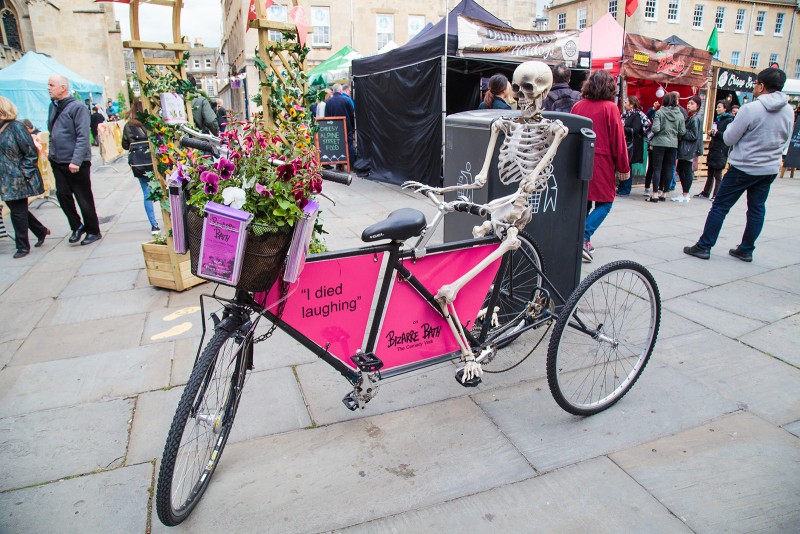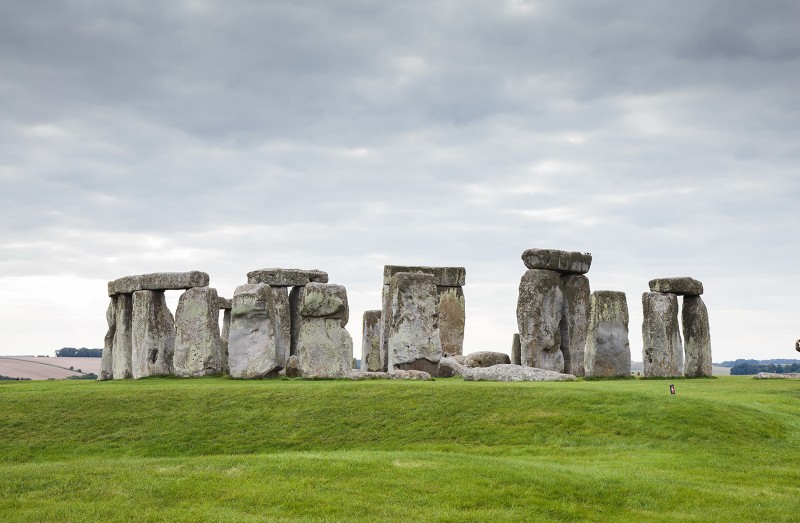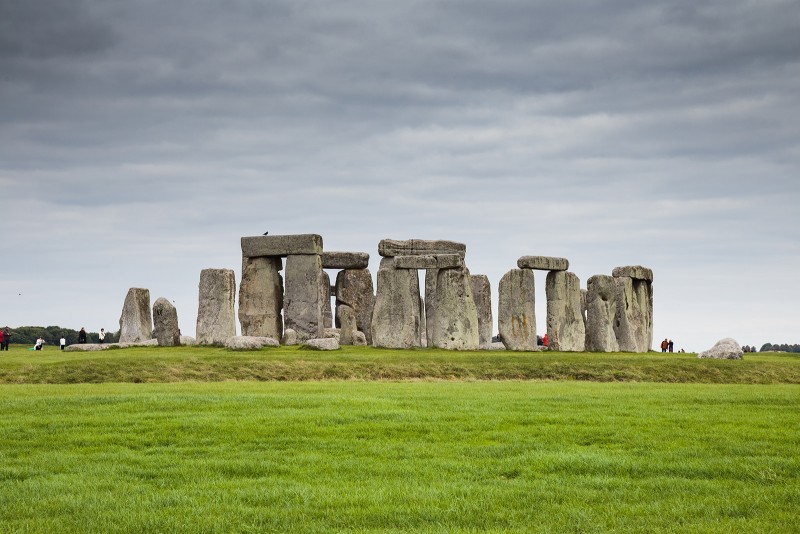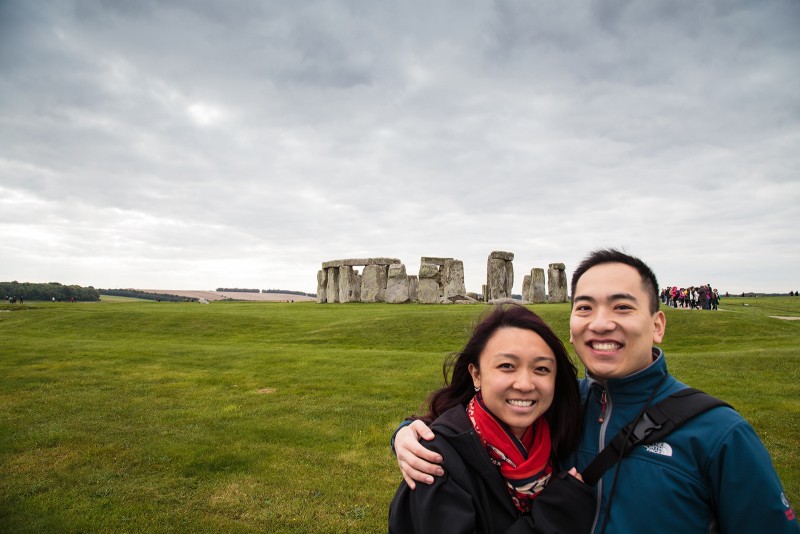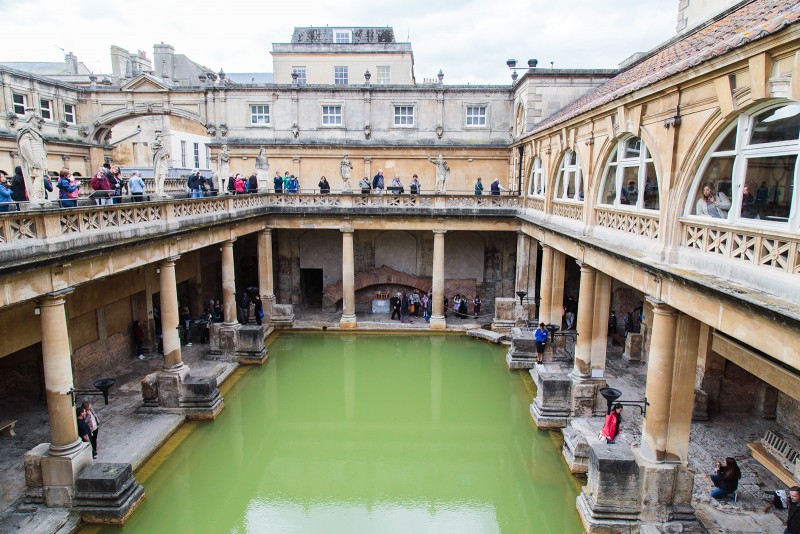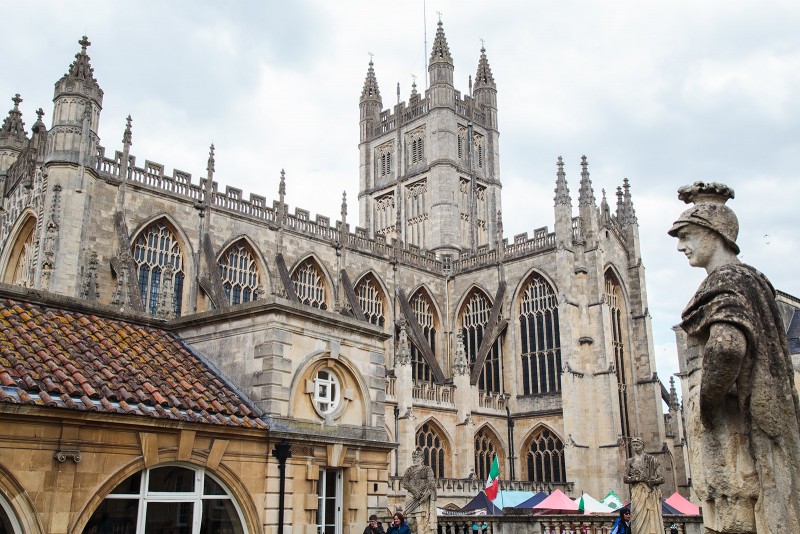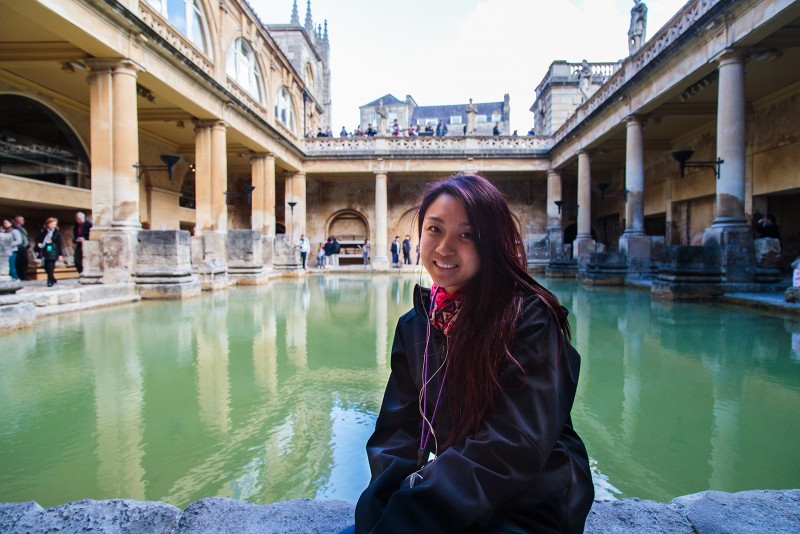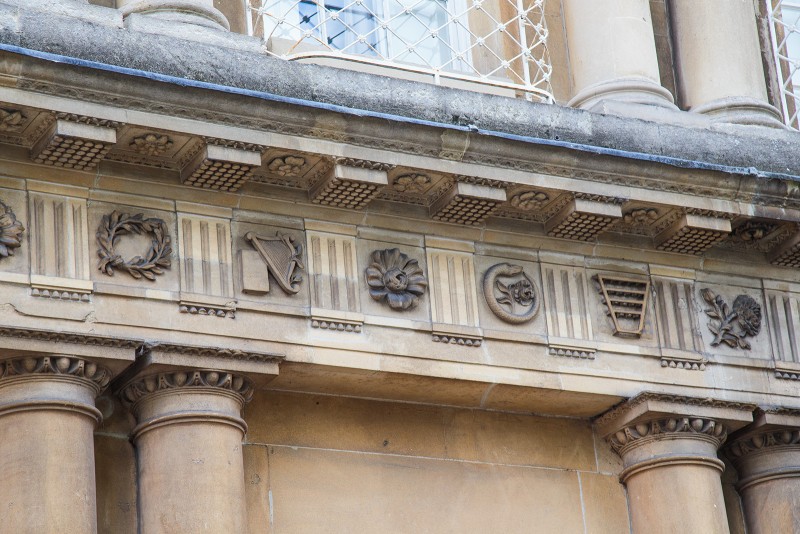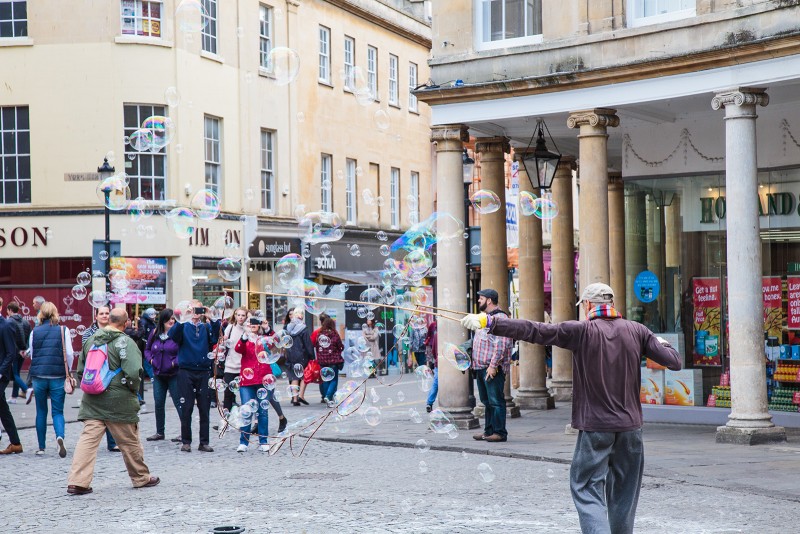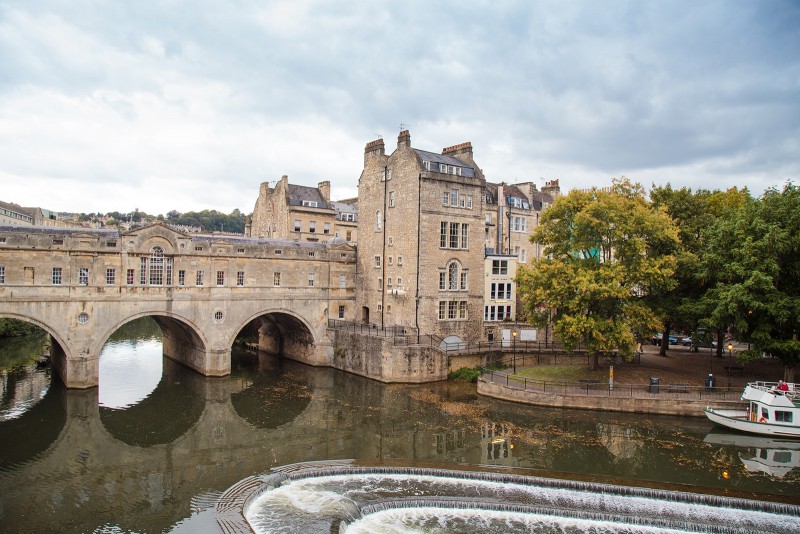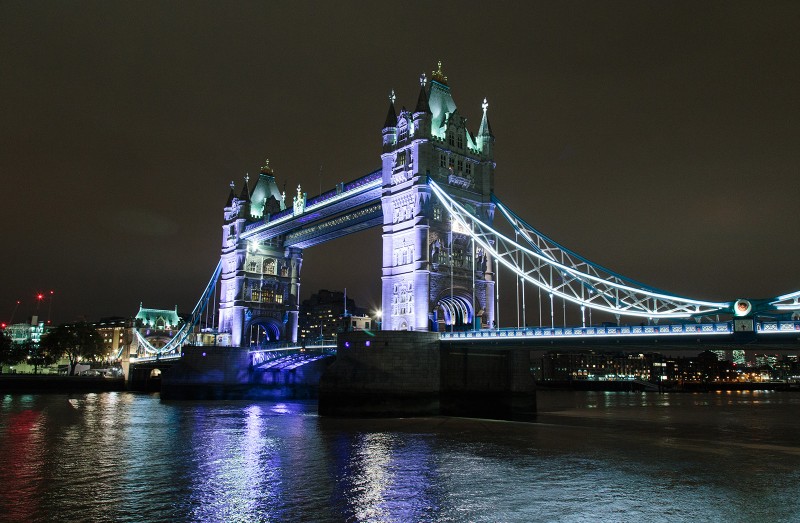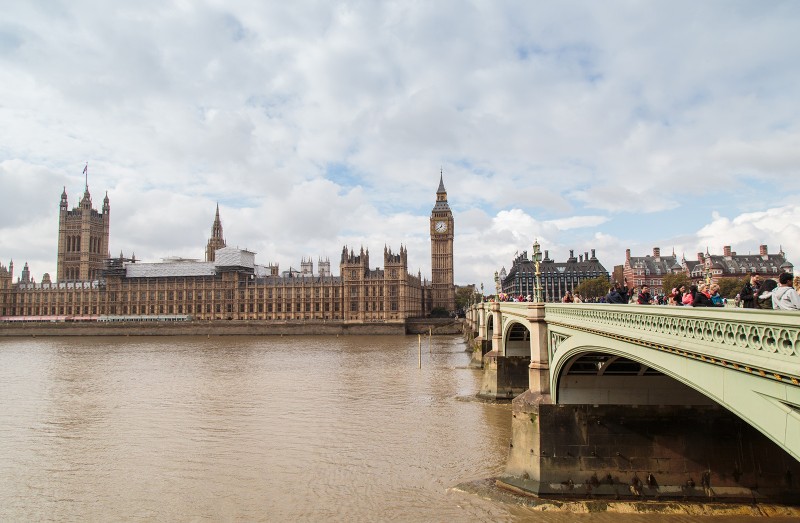The day after we landed in London, Tie and I joined a tour group for a day trip to Stonehenge and Bath. From London to Stonehenge it is a 2-hour drive and then about an hour to Bath, and from Bath to London is another 2 hours. Typically I am not a big fan of tours, but if I can sit in the comfort of a coach bus with that itinerary I am a-okay with it.For breakfast, we just picked up something quick at the bus terminal. There are many tour groups in London, but we personally went with ____. We enjoyed our guide’s unapologetically cynical English humor as he gave us an overview of the buildings and parks we passed by in central London and later in Stonehenge and Bath, too. In short, British royalty owns most of the land and properties so the rich just keep getting richer. Living in Manhattan, this comes as no surprise. And there’s no such thing as a British accent, only an English one.
We first arrived at the visitor’s center at Stonehenge. The visitor’s center also has an indoor exhibit that details the history of Stonehenge, and has a couple of replicas of Neolithic homes. From there, we took the shuttle bus to see the actual monument. It was super cold and windy, but we were determined to see a part of prehistory! Some tours allow a limited number of people to get special access into Stonehenge so you can walk amongst the stones, but most people just view it from a distance. I think you can get a pretty good idea just along the perimeter. C’mon, they’re rocks. We walked around the field listening to the audio guide and learning about this ancient burial site. There’s still much speculation about the purpose of Stonehenge, but I’m most fascinated by how the ancient peoples moved the super heavy sarsens and bluestones used to construct the monument from miles away. I know I joke that it’s just a bunch of rocks, but standing there was like looking into a portal through time. Very surreal.
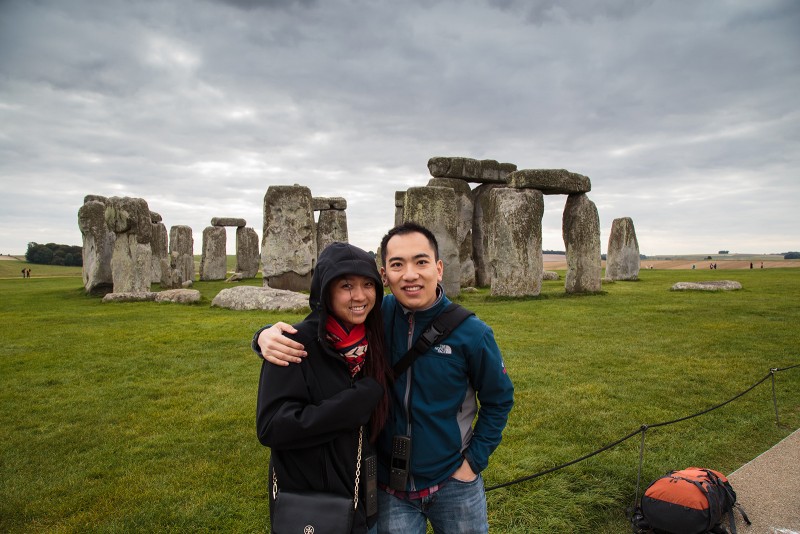
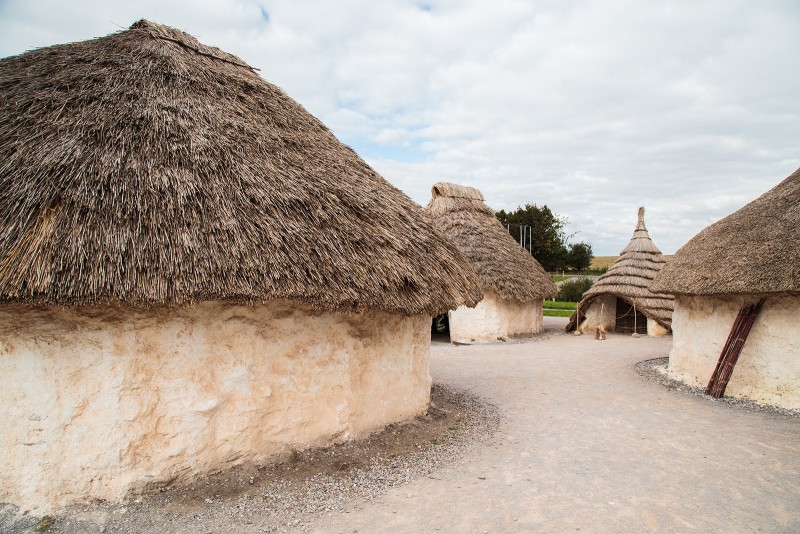
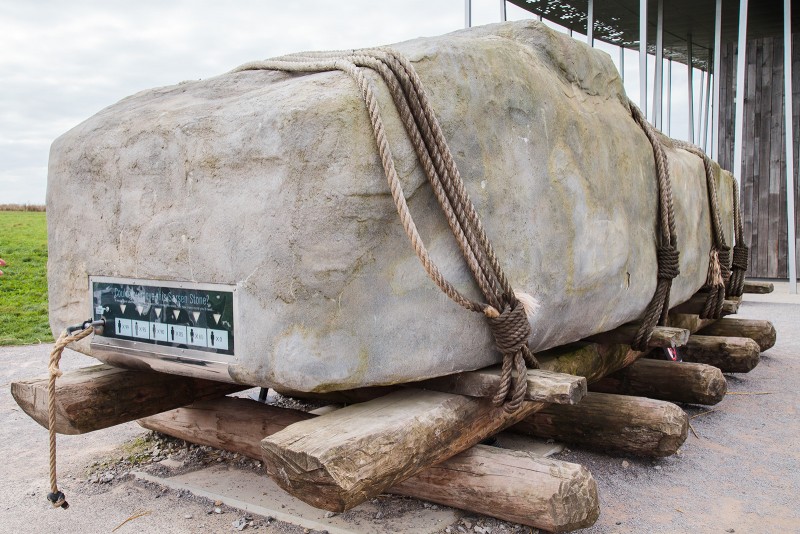
Afterwards, we hopped back onto the bus and headed to the town of Bath. The Roman Baths, for which the town is named, is pretty well-preserved. We toured inside and saw the changing rooms and the saunas. The water in the bath is still hot, steamy, green, and smells of rotten eggs. Trust me – we tasted the filtered version of it and it still tasted funky. The stones are all original, so it could get slippery around the below-ground-level main bath. It’s fascinating to see that despite the fall of the Roman empire, its sphere of influence was so widespread, you can still see evidence of it all across Europe (less so in London).
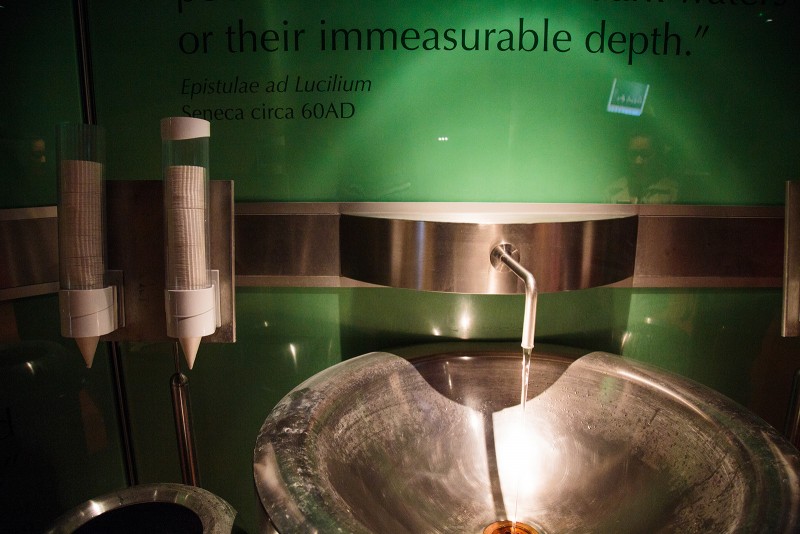
Most of Bath, however, is actually shaped by Georgian architecture. If you’re a big fan of Jane Austen, there are relevant tours since she had lived there for some time. We skipped it and instead did our own walking tour. Two of the more notable places of interest are the Royal Crescent and the Circus. As the names suggest, the homes are lined in a row in a crescent shape and a circular shape, respectively. Each townhouse has its own emblem atop the door and this is some seriously expensive property! My lens was not wide enough to capture the entire circular and semi-circular row of homes, but let’s just say it’ll take a while to get from one end of the crescent to the other.
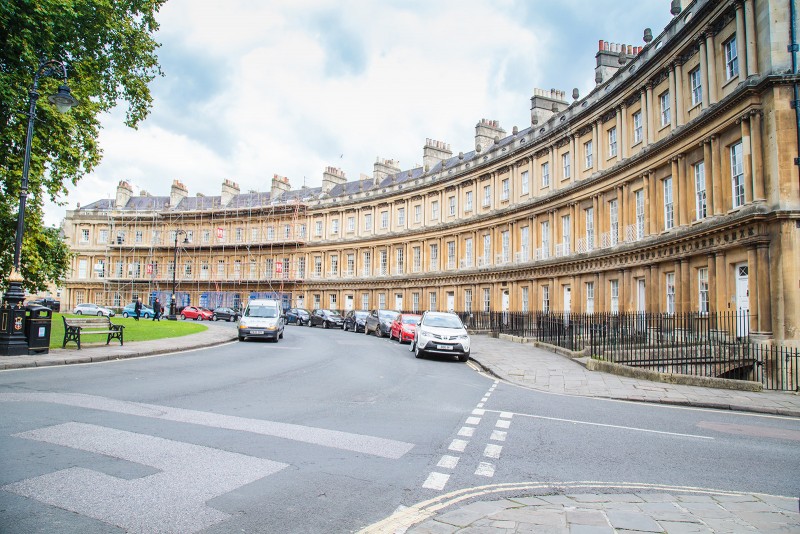
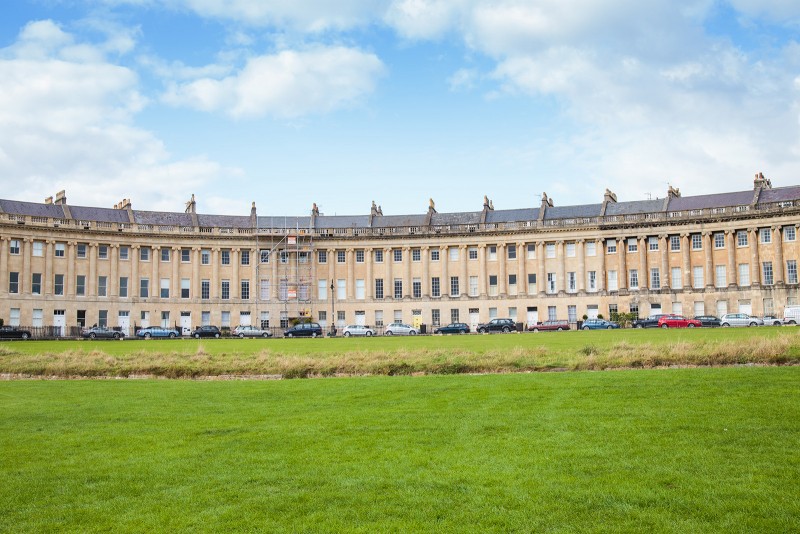
We didn’t do a lot of shopping, but Bath is dotted with tiny shops. The Rostra & Rooksmoor Gallery was one I particularly liked – cute souvenirs and semi-affordable artwork. We had lunch at the food market outside Bath Abbey (the church). My hankering for Indian food was fulfilled many times over this trip.
